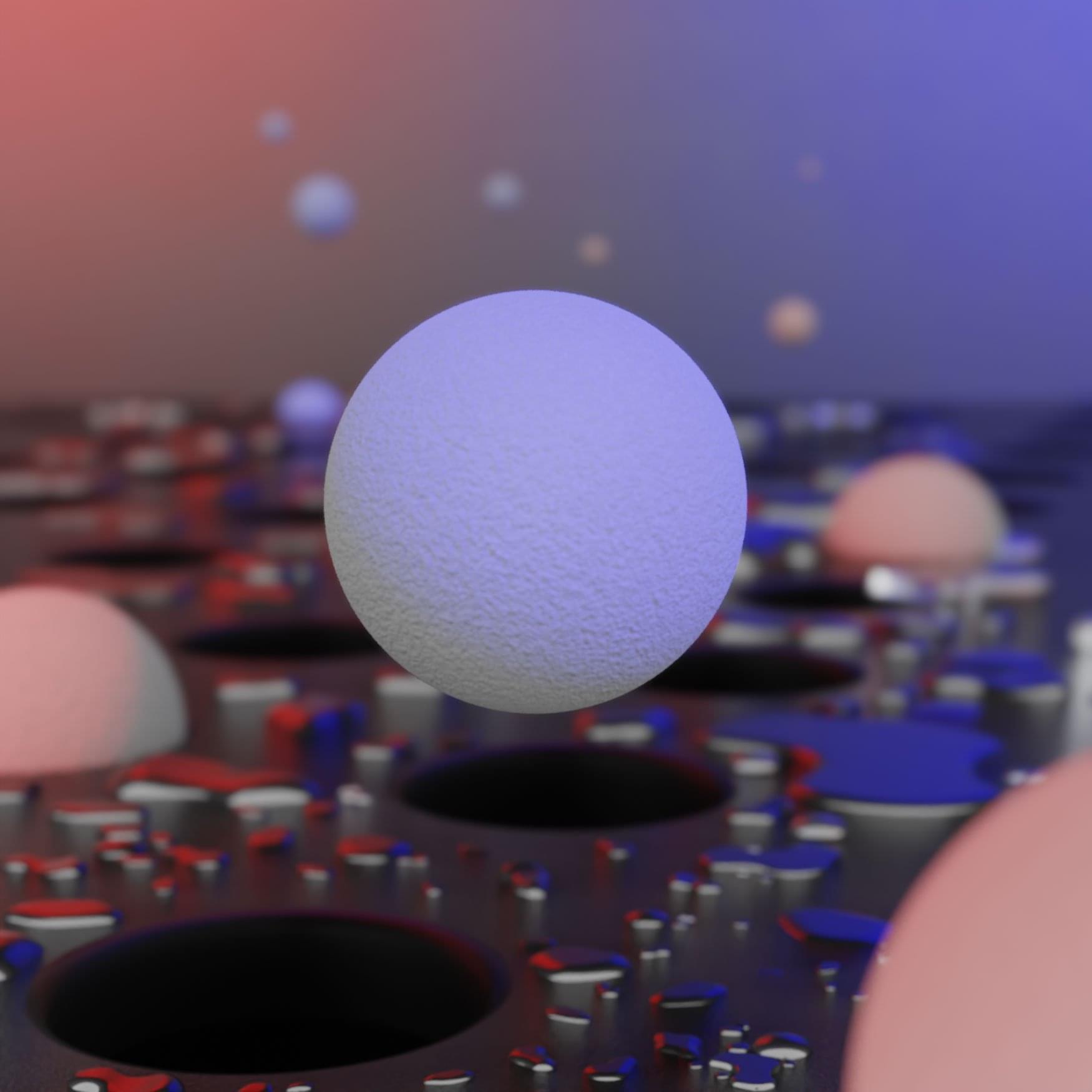US gaming and casino operator Boyd Gaming Corporation disclosed it suffered a breach after threat actors gained access to its systems and stole data, including employee information and data belonging to a limited number of other individuals.
Boyd Gaming is a public US casino entertainment company with 28 gaming properties in ten states, including Nevada, Illinois, Indiana, Iowa, Kansas, Louisiana, Mississippi, Missouri, Ohio, and Pennsylvania, and the management of a tribal casino in northern California. The firm employs over 16,000 people and had an annual revenue of $3.9 billion in 2024.
In a Tuesday evening FORM 8-K filing with the SEC, Boyd Gaming disclosed it recently suffered a cyberattack in which attackers gained access to its systems.







